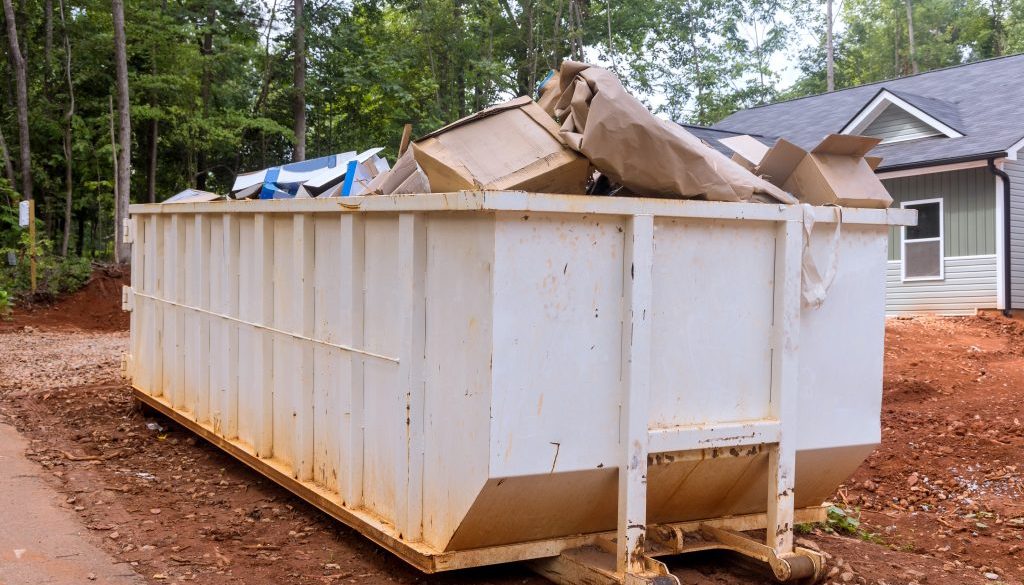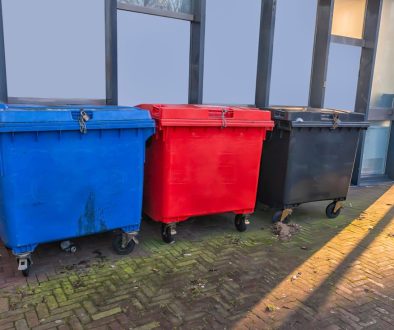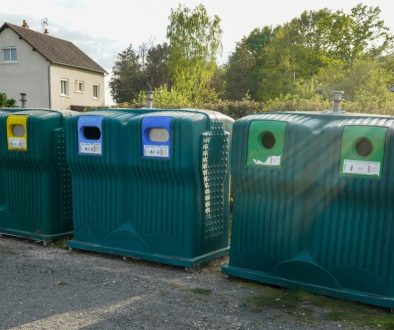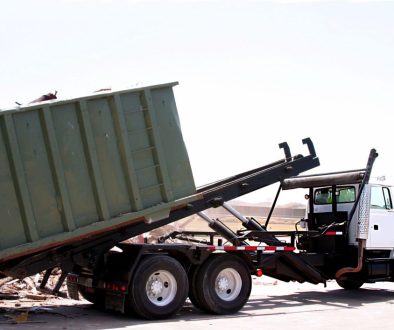The construction industry is well-known for its dynamic and challenging worksites, requiring constant vigilance and adherence to safety protocols. In addition to personal protective equipment, safe machinery operation, and secure site management, proper waste disposal is an essential component of maintaining worksite safety. When using a skip to manage waste on a construction site, it’s crucial to implement correct practices and safety measures that prevent accidents, promote efficiency, and comply with local regulations.
In this comprehensive guide, we will discuss essential worksite safety protocols and skip-hire best practices for construction sites. With the goal of enhancing security, minimising risks, and ensuring an efficient waste management experience, we will provide actionable tips and strategies that construction professionals can use to maintain a safe, clean, and organised worksite. From selecting the appropriate skip size and placement to ensuring responsible filling practices and complying with legal requirements, this guide will offer valuable insights into making the most of skip-hire services on your construction site.
1. Selecting the Appropriate Skip Size
Choosing the correct skip size for your construction site contributes to a clean, efficient, and safe working environment:
– Assess Waste Volume: Estimate the amount of waste your site will generate, taking into account factors such as the size and scope of the project, as well as the types of materials involved.
– Consider Space Constraints: Evaluate the space available on your construction site, ensuring that the chosen skip size fits within the allocated area while accommodating access requirements.
– Plan for Future Needs: Factor in potential changes to the project that may impact waste generation, such as revised designs or the addition of new materials, adjusting your skip size accordingly.
– Consult Expert Advice: Seek advice from your skip hire provider, as they can offer guidance on the most suitable skip sizes for your project and ensure that you make an informed decision.
2. Strategic Skip Placement and Accessibility
Proper skip placement and accessibility are crucial for maintaining worksite safety and facilitating efficient waste disposal:
– Ensure Clear Access: Place the skip in a location with clear and unhindered access, allowing for seamless waste loading and collection by your skip hire provider.
– Avoid Obstructions: Avoid placing skips in areas that obstruct pathways, entrances, or essential equipment, minimising the risk of accidents and disruptions.
– Comply with Legal Requirements: Adhere to local regulations regarding skip placement, such as obtaining permits for skips placed on public roads, ensuring compliance and preventing legal penalties.
– Proximity to Waste Generation: Position skips close to areas where waste is predominantly generated, streamlining waste disposal operations and maintaining a cleaner worksite.
3. Responsible Skip Filling and Loading Practices
Implement responsible skip-filling and loading practices for safe, efficient, and compliant waste management:
– Distribute Weight Evenly: Load skips with an even distribution of weight, preventing instability or potential tipping hazards.
– Avoid Overfilling: Adhere to the maximum fill level indicated on your skip, preventing issues with transportation, collection, and environmental regulations.
– Prohibited Items: Ensure that prohibited items, such as hazardous waste, asbestos, and refrigerators, are not placed in skips, as these materials require specialised disposal methods.
– Load Efficiently: Pack waste materials in an organised manner, making the best use of available space and reducing the risk of items falling from the skip during transportation.
4. Worksite Safety Measures and Waste Management
Maintain a safe and secure construction site by implementing essential safety measures and waste management strategies:
– PPE and Training: Ensure that all workers wear the necessary personal protective equipment (PPE) and are trained in proper waste handling and disposal techniques.
– Regular Site Maintenance: Establish a routine for cleaning and organising the construction site, including waste segregation, rubbish disposal, equipment storage, and maintaining a safe working environment.
– Clear Signage: Use clear signage to indicate waste collection areas, skip placement, and potential hazards, promoting awareness and adherence to safety protocols.
– Emergency Procedures: Develop and communicate emergency procedures specific to waste management and skip hire practices, preparing your team to respond effectively in the event of accidents or hazards.
Conclusion
Implementing worksite safety measures and skip-hire best practices on construction sites is essential for maintaining a secure, efficient, and compliant working environment. By selecting the appropriate skip size, ensuring strategic placement and accessibility, responsibly filling and loading skips, and committing to safety protocols, construction professionals can make the most of their skip-hire services while minimising risks and disruptions. By prioritising safety and efficient waste management, your team can focus on delivering exceptional results within your construction project, knowing that the site is secure and organised.
Enviro Skip Hire is committed to providing exceptional services and expert guidance to help construction professionals effectively manage waste and adhere to safety protocols. Whether you require guidance on suitable skip sizes or advice on maintaining a safe construction site, our team is here to support your project’s success. To find the ideal skip hire solution for your construction project, get in touch with us today.




